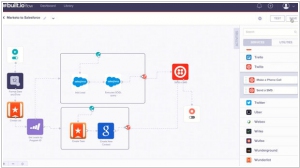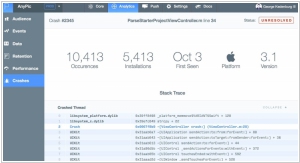Built.io vs Parse
June 07, 2023 | Author: Sandeep Sharma
Built.io and Parse are both mobile backend as a service (MBaaS) platforms, but they have some key differences in terms of features and approach. Built.io offers a comprehensive suite of tools and services for building mobile and web applications, including app development frameworks, data storage, user management, push notifications, and integrations with third-party services. It provides a visual development environment that enables developers to create and deploy applications quickly. On the other hand, Parse is a cloud-based platform that focuses on simplifying the backend development process for mobile applications. It offers features like data storage, user authentication, push notifications, and social media integration. Parse provides an easy-to-use API and a dashboard for managing app data and user engagement. While Built.io provides a wider range of services and tools, Parse is known for its simplicity and ease of use.
See also: Top 10 Mobile App Builders
See also: Top 10 Mobile App Builders
Built.io vs Parse in our news:
2016. Built.io launches an IFTTT for business users
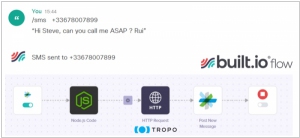
Built.io has been providing an integration tool called Flow, which has empowered technical users such as IT admins and developers to build intricate, multi-step integrations effortlessly using a drag-and-drop interface. However, the company has recently unveiled a more simplified version of Flow, specifically tailored for business users seeking to establish IFTTT-like connections among applications like Cisco Spark, Slack, Gmail, Marketo, and Salesforce. To differentiate between the two services, the previous iteration of Flow is now referred to as Flow Enterprise, while the new version is branded as Flow Express. This distinction clarifies the varying capabilities and target users of each offering.
2016. Built.io Flow makes building enterprise integrations easier
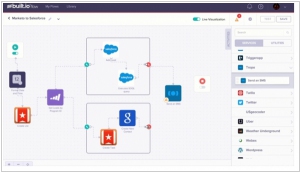
Built.io is set to launch a significant update to its enterprise integration service, Flow, aimed at simplifying the process of creating more robust integrations for businesses. Flow is a user-friendly tool that utilizes a drag-and-drop interface to build enterprise integrations. It combines the capabilities of Yahoo Pipes (R.I.P.) and IFTTT to connect services such as Salesforce and Marketo, enabling streamlined automation of sales processes within organizations. It's important to note that integration remains a prominent aspect of the enterprise landscape, with many development firms specializing in assisting clients in connecting various third-party services. The Built.io team asserts that their solution can significantly reduce the time required for these integrations, transforming a process that typically takes weeks into a matter of hours.
2014. Mobile app builder Parse adds crash reporting and local datastore
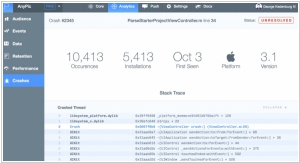
Parse, the mobile development platform that was acquired by Facebook last year, provides developers with a comprehensive set of features. However, one crucial aspect that was missing until now was crash reporting. While Parse offers an analytics service, developers had to rely on third-party tools to track app crashes. Fortunately, today, this much-needed feature has been made available. Another exciting addition is the support for Parse's local datastore on iOS, which was previously only available for Android. This framework enables developers to facilitate the use of critical app features even when users are offline, making it easier to deliver a seamless experience.
2014. App builder Parse adds A/B testing for push notifications
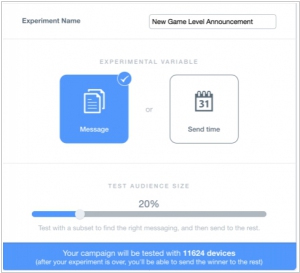
The latest feature being introduced by Parse, a subsidiary of Facebook, is called Parse Push Experiments. This feature is specifically targeted towards marketers and developers utilizing the Parse SDKs in their applications. It enables them to conduct A/B tests on various messages and timings for push notifications sent to mobile devices. The update seamlessly integrates with apps that are already using the most recent versions of the Parse SDKs, requiring no modifications from the developers' end. Instead, a new option has been added to the push composer in the Parse web console, allowing users to access A/B testing capabilities. According to Parse, over the past month, they have dispatched a staggering 2.4 billion mobile push notifications. Incorporating A/B testing into such a massive distribution system will undoubtedly have a significant impact on how and when millions of individuals choose to engage with their devices.

